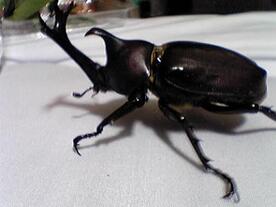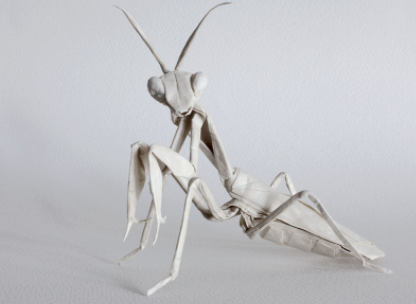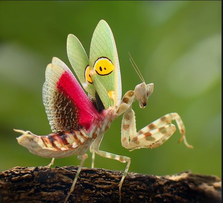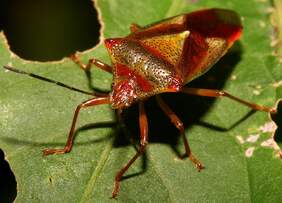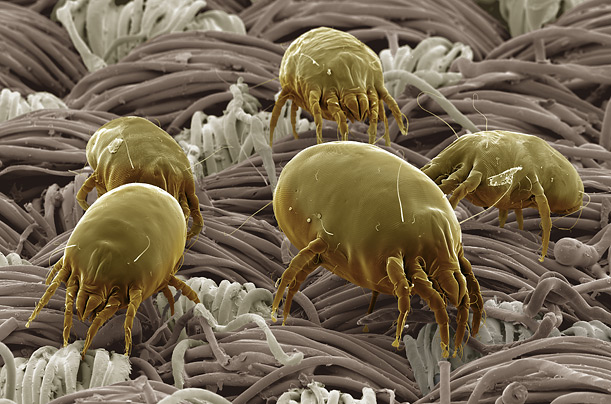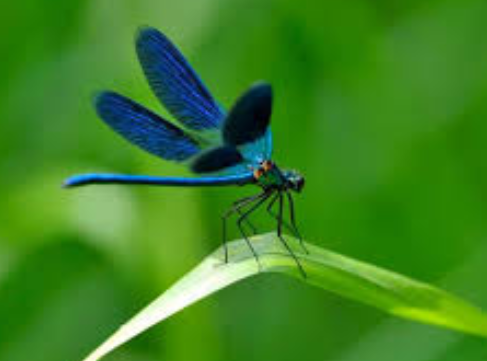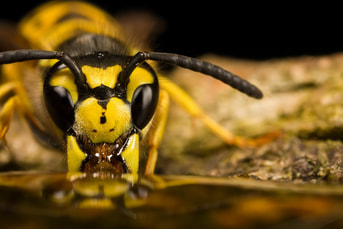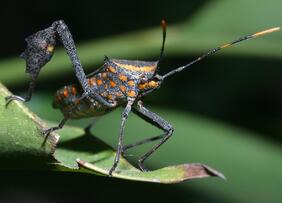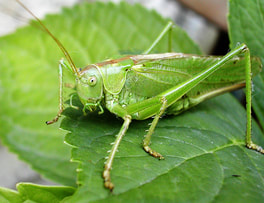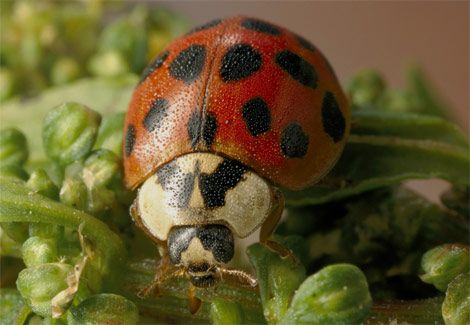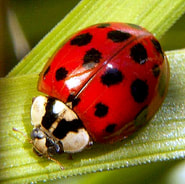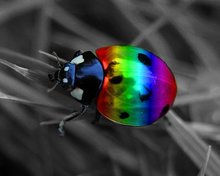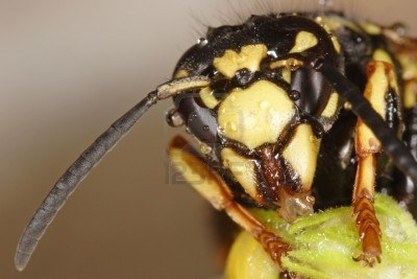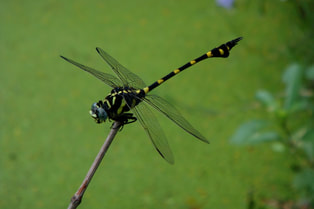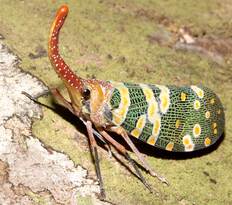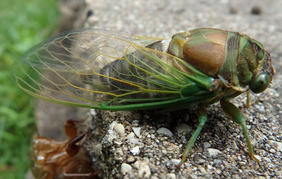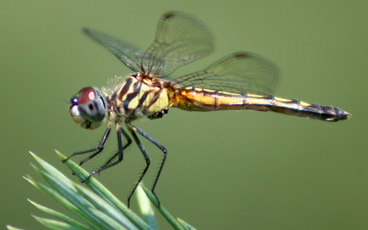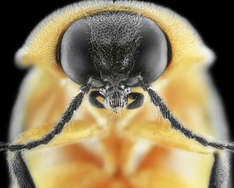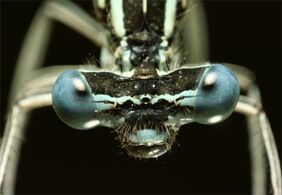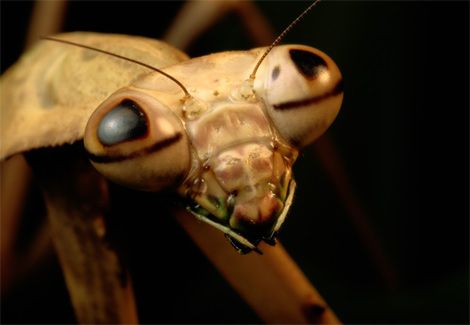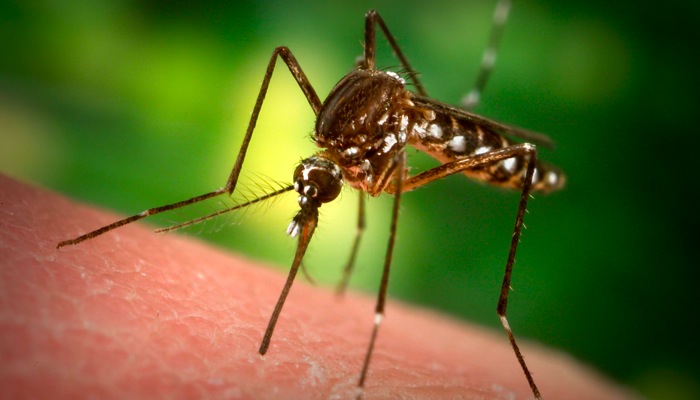BEETLES, BUGS and INSECTS
Insect - Vertebrate - Herbivore
Omnivore - (Glow Worms)
Insect - Vertebrate - Herbivore
Omnivore - (Glow Worms)
Cockroach: Male: Cockroach: Female: Cockroach: Young: Nymph
Dragonfly: Male: King. Drake: Female - Queen: Young: Nymph
Fly: Male: Fly: Female: Fly: Young: Maggot
Gnat: Male: Gnat: Female: Gnat: Young: Larva
Grasshopper: Male: Grasshopper: Female: Grasshopper: Young: Nymph
Hornet: Male: Drone: Female: Queen: Young: Lava. Pupa
Spider: Male: Spider: Female: Spider: Young: Spiderling
Termite: Male: Bull: Female: Cow: Young: Larva
- There are over 80,000 species of bugs.
- There are about 926,000 different insects.
All Insects have 6 legs
There are more insects in the world than all the other animals combined.
Aphids
Cockroaches
Crickets and Grasshoppers
Dragonflies
Dung Beetles
Fleas
Glow Worms
Ladybirds / Ladybugs
Entomologists generally prefer the name Ladybird to Ladybug.
Locusts
Praying Mantis
There are more insects in the world than all the other animals combined.
- Bugs are an order of insects.
- Bugs are insects, arachnids, myriapods and crustaceans.
- Biologically speaking, bugs are insects that suck.
- Can live in cracks and crevices and they can withstand extreme conditions.
- Beetles account for a quarter of all known species of plants and animals.
- Female aphids give birth to other live female aphids that are already pregnant with yet more female aphids.
- A male rhinoceros beetle can lift 850 times its own body weight.
- 15,000 dust mites can live in one gram of dust.
- The male Cicada is the loudest insect in the world. Its sound can reach 120 decibels.
- 80% of all insects live in jungles.
Aphids
- An aphid can produce an identical copy of itself every 20 minutes. They are 'parthenogenetic'.
Cockroaches
- Cockroaches appeared 120 million years before the dinosaurs.
- The oldest cockroach fossils are over 280 million years old.
- If a cockroach touches a person, it immediately runs away and washes itself.
- Can hold its breath for 40 minutes.
- Shed their shells several times a year.
- Can live for several weeks with its head cut off - this is because its brain is inside its body. It slowly starves to death.
- Deathwatch Beetles attract mates by repeatedly banging their heads on the floor.
- Scientists have performed brain surgery on cockroaches.
- A cockroach can hold its breath for 40 minutes.
Crickets and Grasshoppers
- Grasshoppers have short antenna that point forward - and they hear through their sides.
- Grasshoppers' blood is white.
- Grasshoppers have hairs all over their body to detect air movement.
- Crickets are long and thin and sweep backwards - and have ears on their legs just below their knee joints.
- Crickets make their unique sound by rubbing their wings together.
- Crickets and grasshoppers are orthopterans, meaning 'straight wing'. They each have a pair of long, narrow wings that stretch the length of their backs.
- Crickets can hear using their legs - sound waves vibrate a thin membrane on their front legs.
- The higher the temperature, the faster a cricket chirps. When the temperature is about 11 degrees Celsius, the cricket chirps about 60 times a minute.
- 80% of a cricket is edible, compared to 40% of a cow.
Dragonflies
- Flap their wings in a figure-of-eight motion.
- Have 6 legs but cannot walk.
- The fastest inset is the Australian Dragonfly with a top speed of 35 miles per hour.
- Its eyes contain 30,000 lenses.
- Have the sharpest eyesight and the largest eyes among the insects.
- Can migrate 11,000 miles a year.
Dung Beetles
- If Dung Beetles disappeared from the plains of Africa, its human inhabitants would be up to their waists in excrement within a month
- Dung Beetles navigate by using the Milky Way
- The horn of a Dung Beetle is more than twice the length of its body
- Dung beetles can bury 250 times their own weight i dung in a single evening
Fleas
- Can jump up to 200 times their height - equivalent to jumping the Empire State Building in New York.
Glow Worms
- Are not worms, but insects.
- Live in undisturbed woodlands and caves.
- Eat snails, slugs and other insects.
- Main predators are spiders, birds and centipedes.
- Only the females glow, and the males are attracted to their glow.
Ladybirds / Ladybugs
Entomologists generally prefer the name Ladybird to Ladybug.
- Are beetles - in America they are called ladybugs.
- Eat insects, flies, mites and aphids.
- The bright colours are to warn predators to stay away.
- The spots on their backs have nothing to with its age.
- They can have as many as 22 spots.
- They are often thought to predict the weather - if one fell off your hand, it would rain - if it flew away, it meant that the weather would be nice.
- Ladybug eggs are tiny helpless blogs.
- Upon hatching, if there are not enough aphids to feed on, they will each each other.
- A female Ladybug can lay as many as 1,000 eggs a year.
- Young Ladybugs grow spikes all over their bodies.
- At four weeks old, the Ladybug is fully grown.
Locusts
- A swarm of locusts is an extremely destructive event as they eat all the plants they can find.
- Swarming is very uncommon.
- Locusts usually live alone but if crowded together they will swarm in search of new, less crowded places.
- The cloud of insects can block out the sun.
- Swarms of locusts move so fast because each locust is trying to eat the one in front and avoid being rate by the one behind.
Praying Mantis
- Has only one ear, which is located between its legs.
- Have binocular vision - both eyes work together to help it decipher visual clues.
- Is the only insect that can move its head.
- Has an ear between its legs.
- Are closely related to cockroaches and termites.
- Female sometimes eats its mate.
